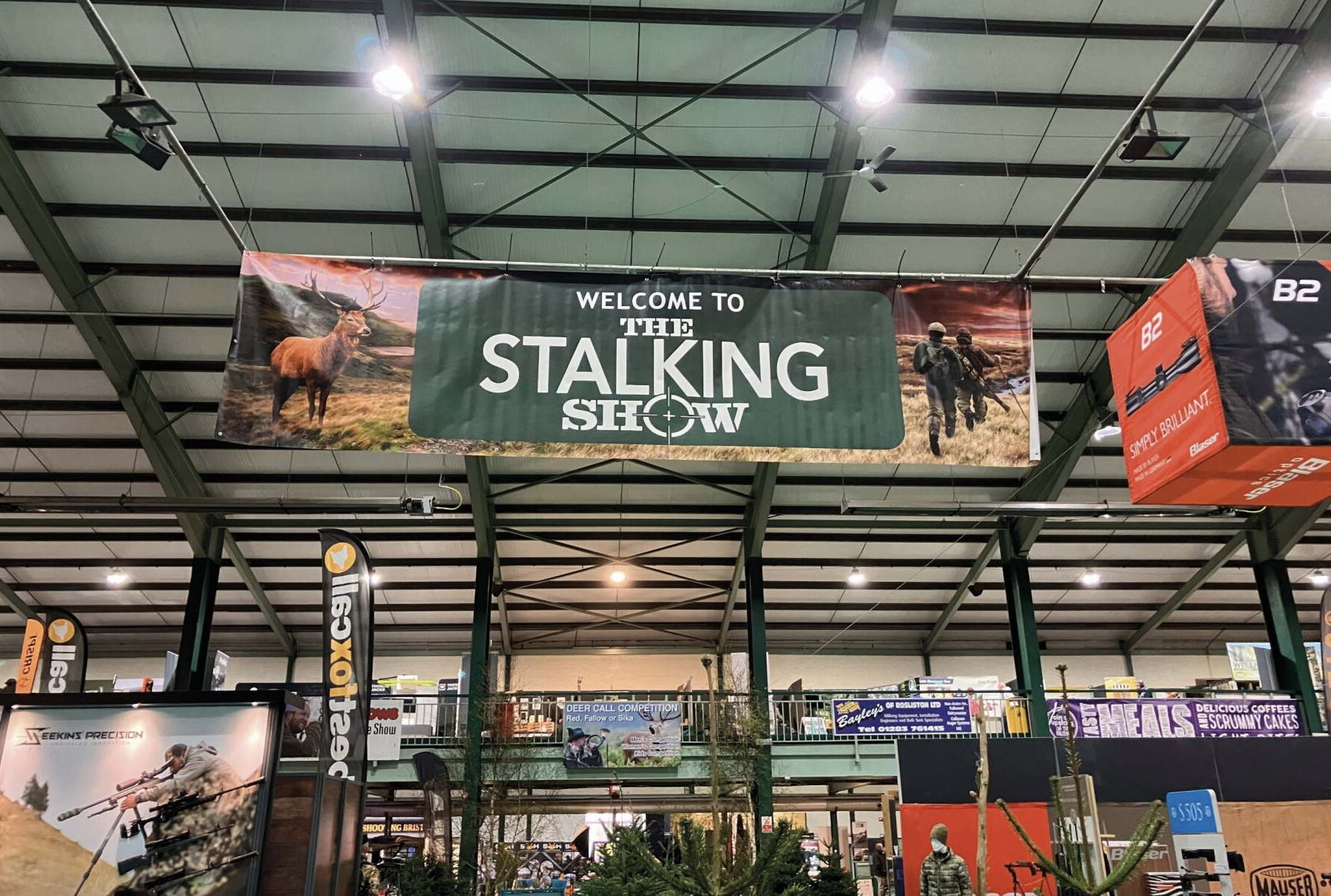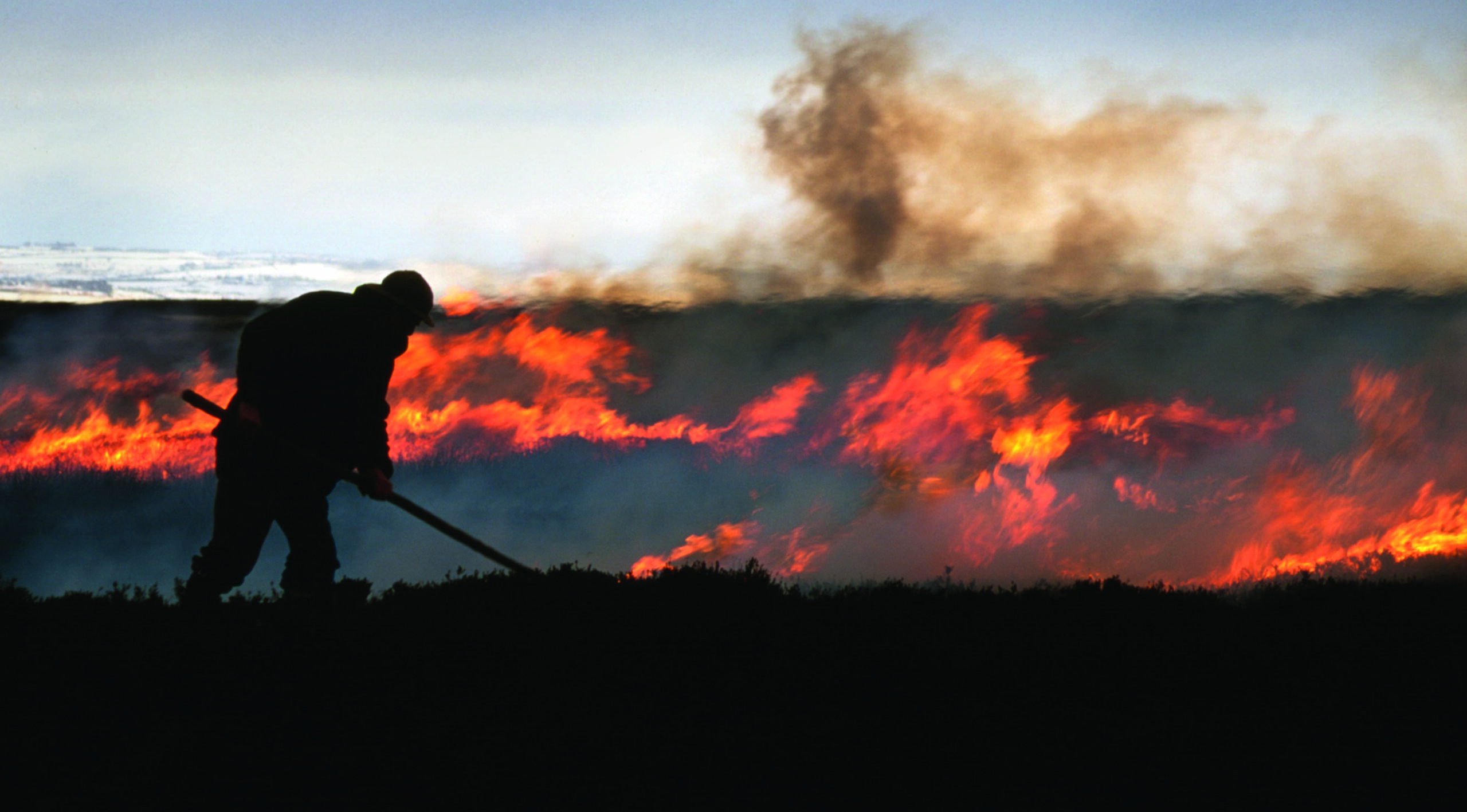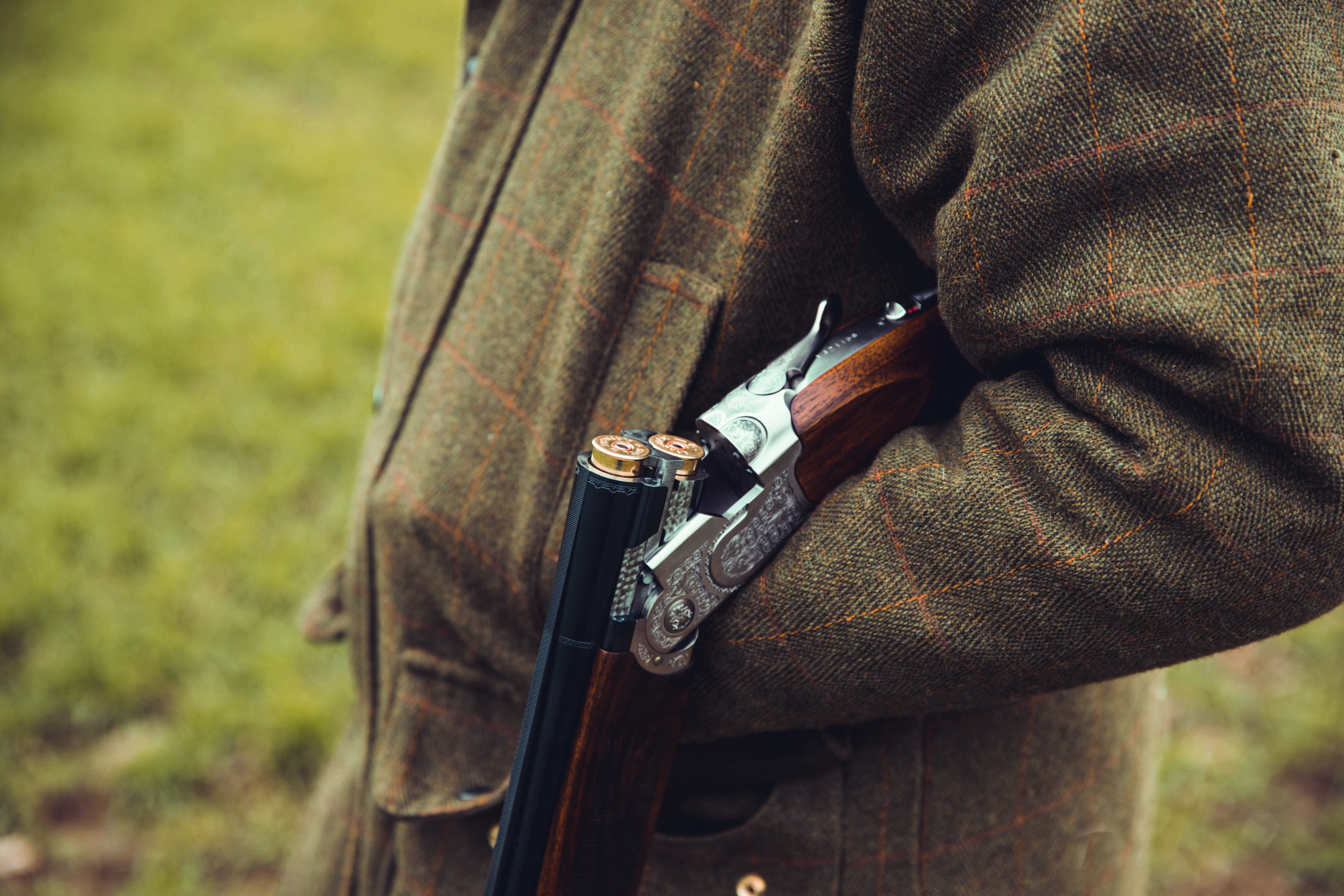LACS report slammed by shooting groups
The League Against Cruel Sports has published 'Calculating Cruelty' which it claims is 'the most comprehensive and robust field study of ground predator control on Scotland's shooting estates'.
The publication of Calculating Cruelty by the League Against Cruel Sports (LACS) has been blasted by shooting groups, who criticise it for inaccuracy, misreporting and unsound science. The report was timed to coincide with the start of the grouse shooting season.
LACS claims that an “independent surveyor” was appointed to investigate traps and snares on Scottish shooting estates ‘to calculate the true extent of animal killing as a result of predator control to sustain the driven grouse shooting industry’. The data was then analysed by a “leading scientist” who drew the conclusion that “up to a quarter of a million animals are killed every year to maintain high numbers of grouse for sport shooting, with nearly half of these non target species.”
Misrepresenting science?
The Scottish Gamekeepers Association points out that the document is not peer reviewed and that the author, Professor Stephen Harris, has long been funded by animal rights groups and left his post at Bristol University after being called out by fellow academics for allegedly misrepresenting science.
However in an article published in the Telegraph online on 18 August 2018, the Professor defended himself, stating: “Allegations that I support animal rights groups, or any suggestion that I support, or have ever supported, the animal rights movement …. are false.” He continued. “I retired aged 67, having deferred my pension for two years. When I retired I left the university by mutual consent.”
The Scottish GWCT describes the figures obtained by LACS as questionable, as they are obtained from a limited sample. A spokesperson also points out that traps and snares are not just used for the benefit of grouse and other game but play a key part in conservation of species such as hares, curlew, black grouse and ring ouzel as well as waders and other ground nesting birds.
Robbie Marsland, Director of the League Against Cruel Sports, Scotland asserts that grouse shooting is “an industry which makes a woefully low contribution to the economy.” However Shooting UK spoke directly to Gareth Dockerty, BASC’s uplands officer who said: “Grouse shooting makes a vital contribution to the rural economy. £100 million and over 2,500 jobs are significant figures. However it is the indirect benefits that run even further. Tens of millions of people visit our uplands annually, and thousands of businesses utilise the landscape as a unique selling point. From production companies to international sports events to pubs, restaurants and hotels. ”
Potential alternatives
Gareth continued: “Those opposed to shooting have little care for the uplands other than to see the sport restricted. A recent report by one animal rights organisation, who will remain nameless to avoid embarrassment, recently proposed wind turbines, forestry, horticulture and even housing developments as potential alternatives for our uplands.
“There is no other credible solution that is cost effective yet provides for rural economies, communities and wildlife.”










